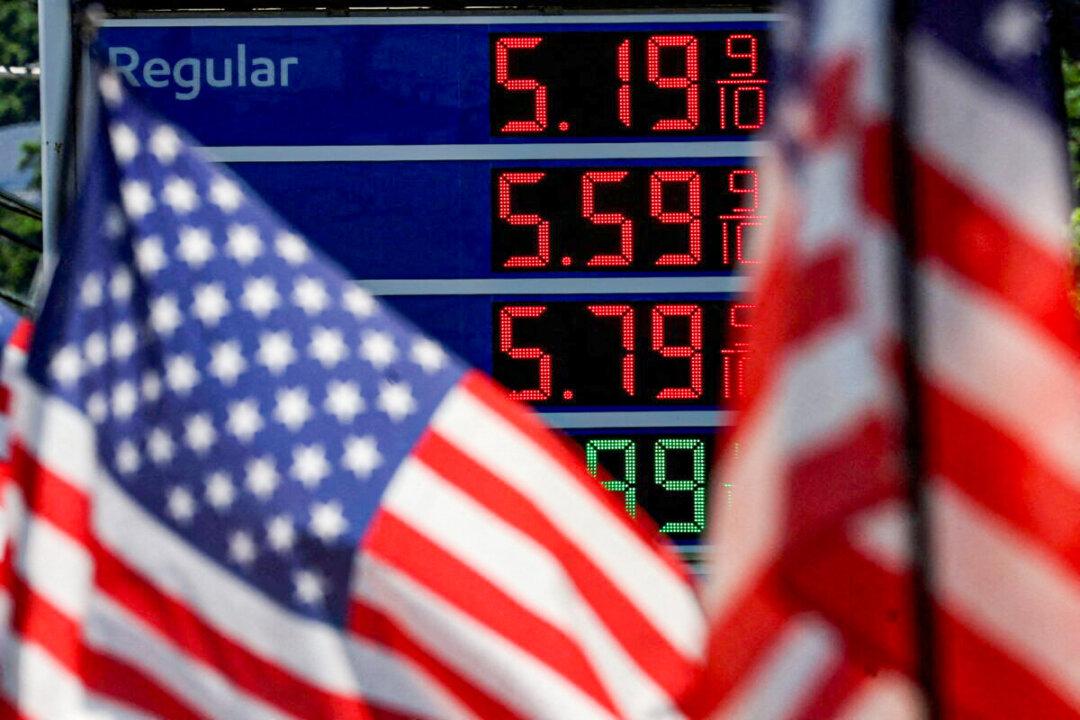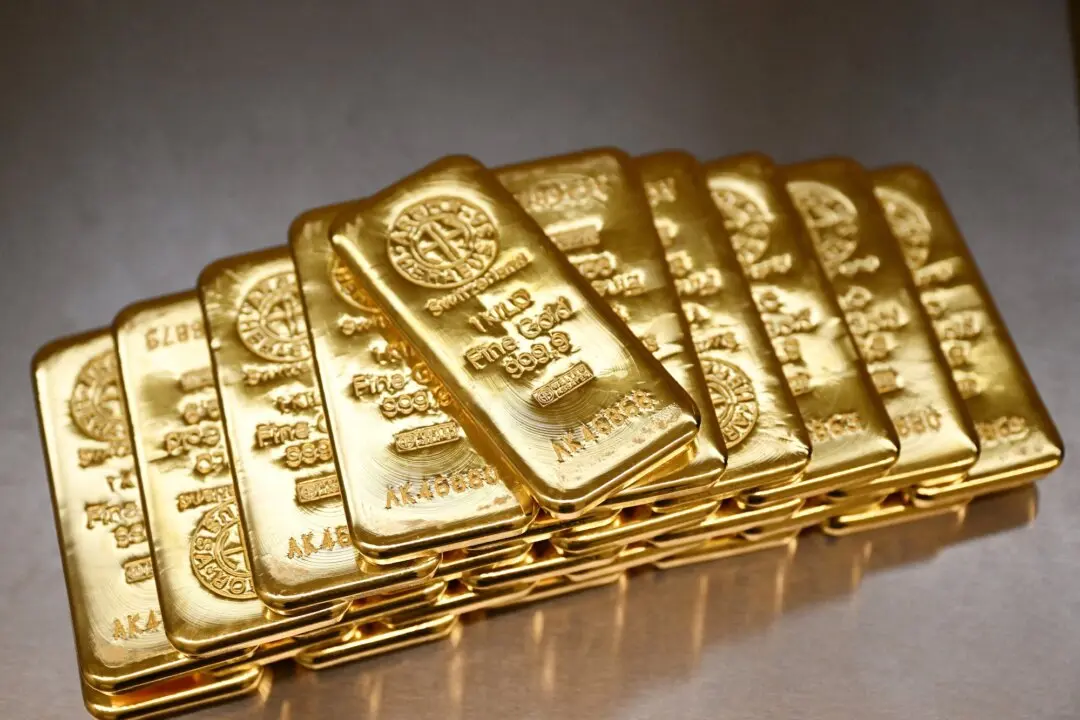Even though gasoline prices have slid below $4.50 per gallon on average nationwide in what’s been a multi-week downward trend, an industry expert warns that the reprieve is likely temporary and that drivers should brace for pump pain as oil readies to rally in a “second act.”
The national average gasoline price on July 20 fell to $4.47 per gallon, according to AAA, as lower global oil prices combined with a drop in U.S. domestic gasoline demand.





